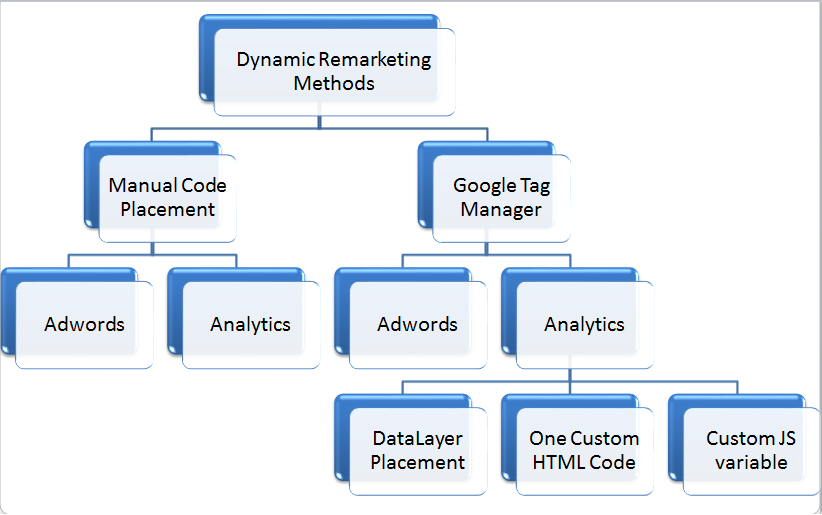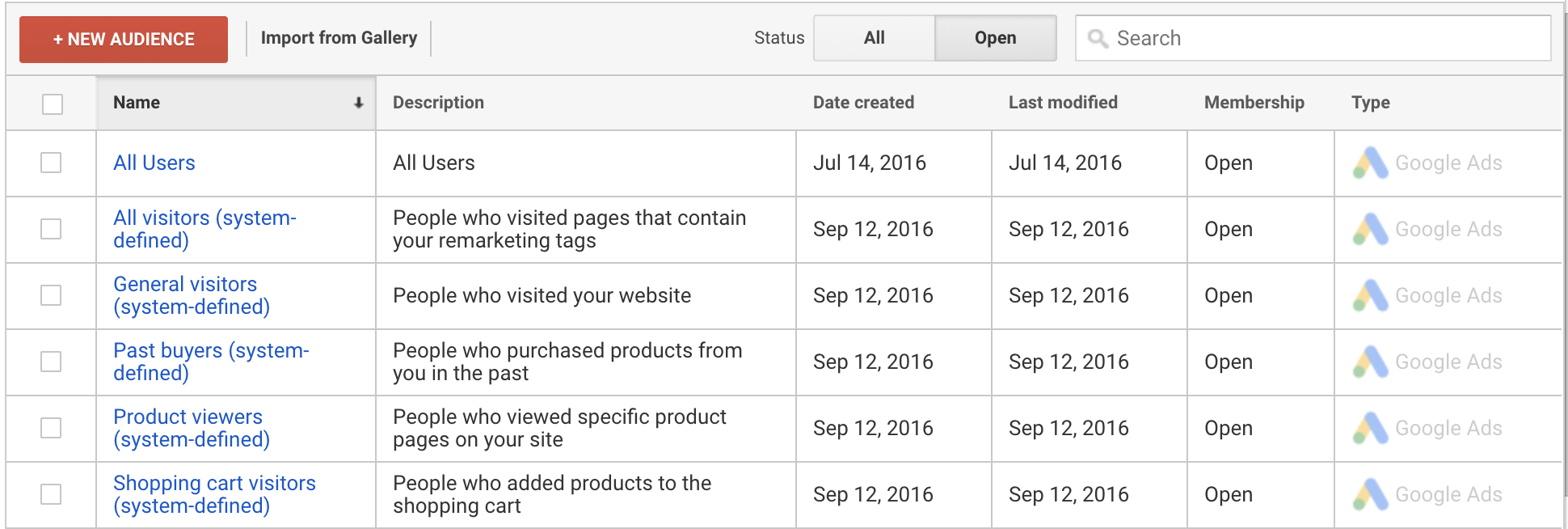Efficient Strategies for Remarketing in Google Analytics
Through critical audience division, customized remarketing checklists, and engaging ad creatives, businesses can craft tailored projects that resonate with their target audience. By checking out the subtleties of vibrant remarketing and leveraging advanced monitoring tools, businesses can open the full possibility of their remarketing efforts, leading to increased brand name exposure and client involvement.
Audience Segmentation
Using target market division is a crucial approach in enhancing the effectiveness of remarketing campaigns within Google Analytics. By dividing your target market right into unique teams based upon their behavior, demographics, or rate of interests, you can customize your advertising messages to be a lot more pertinent and engaging. This technique enables you to provide individualized ads to certain segments, raising the likelihood of conversion.

Additionally, target market segmentation assists you understand the differing demands and choices of different client teams, allowing you to craft even more engaging ad creatives and offers. This targeted strategy not only enhances the performance of your remarketing initiatives yet likewise improves overall project performance.
Establishing Up Remarketing Checklists
To properly carry out remarketing techniques in Google Analytics, the initial step entails producing targeted remarketing lists based upon particular target market interactions. Establishing remarketing checklists allows marketers to segment their internet site site visitors into different classifications based upon their actions, such as web pages seen, products browsed for, or activities handled the site. By specifying these sectors, online marketers can after that produce individualized and relevant ads that target these certain groups, boosting the probability of conversion.
Remarketing listings can be established using different standards such as page gos to, period of see, particular objective completions, or perhaps details occasions set off on the web site. This level of customization allows online marketers to customize their advertisements to match the passions and preferences of each fractional audience, causing higher involvement and conversion rates.
Additionally, remarketing lists can likewise be created based upon data imported from other sources like CRM systems, permitting even more precise targeting. By establishing up these targeted remarketing checklists, marketers can properly reach out to prospective clients who have actually currently shown rate of interest in their services or products, making best use of the influence of their remarketing projects.
Developing Engaging Ad Creatives
After segmenting web site visitors into targeted remarketing lists based on certain target market communications, the following critical action is to craft engaging advertisement creatives that resonate with each fractional team's choices and passions. The performance of remarketing campaigns greatly counts on the ability of these ad creatives to record the focus of the target market and drive them to take the preferred activity.
To produce engaging advertisement creatives, it is vital to comprehend the unique qualities of each fractional group (What Is “Remarketing” In Google Analytics?). Customizing the messaging, visuals, and uses to line up with the rate of interests and choices of the target market helpful site can significantly raise the opportunities of conversion. Making use of dynamic advertisements that automatically change web content based upon the customer's habits can also enhance the customization of the advertisement experience

Tracking Performance and Optimization
Effective monitoring of project efficiency and consistent optimization are critical facets of effective remarketing strategies in Google Analytics. To ensure the performance of remarketing projects, marketers have to consistently track essential efficiency metrics such as click-through rates, conversion prices, and return on advertisement spend. By keeping track of these metrics, marketers can get important insights right into the efficiency of their projects and identify locations for enhancement.
In Google Analytics, marketing experts can leverage tools like conversion monitoring and target market segmentation to examine the efficiency of their remarketing projects. Conversion tracking allows marketing experts to track specific activities that customers take after clicking a remarketing advertisement, offering important information on the performance of the campaign in driving preferred outcomes. Target market segmentation, on the various other hand, makes it possible for online marketers to separate their target market into different sectors based on different standards such as demographics, behavior, and rate of interests, enabling even more targeted and personalized remarketing initiatives.
Constant optimization is crucial for taking full advantage of the impact of remarketing projects. Online marketers should utilize A/B testing to explore different ad creatives, messaging, and targeting techniques to determine one of the most effective approaches. By on a regular basis assessing campaign performance information and making data-driven optimizations, marketers can make certain that their remarketing projects are achieving the desired outcomes and driving conversions effectively.
Leveraging Dynamic Remarketing
Making use of dynamic remarketing can significantly improve the relevance and impact of targeted ads in Google Analytics. This advanced method permits marketers to reveal customized ads to customers that have previously seen their website or used their mobile app. By dynamically showing products or services that the customers have actually revealed passion in, his response vibrant remarketing assists to keep the brand fresh in their minds and motivates them to go back to complete read review a purchase.

Additionally, vibrant remarketing projects can be automated and enhanced in real-time based upon efficiency information, making sure that the advertisements continue to be pertinent and efficient. By leveraging vibrant remarketing in Google Analytics, marketers can produce extra impactful and targeted marketing campaign that resonate with their audience and drive outcomes.
Conclusion
Finally, effective remarketing strategies in Google Analytics entail target market division, targeted remarketing lists, engaging advertisement creatives, efficiency tracking, and dynamic remarketing. By focusing on customized ads, data evaluation, and continuous optimization, businesses can raise conversion prices and drive engagement efficiently. Leveraging devices like conversion tracking guarantees that advertisements stay relevant and individualized, resulting in total success in remarketing efforts.
Via calculated audience division, customized remarketing listings, and engaging advertisement creatives, companies can craft tailored projects that resonate with their target audience. Making use of dynamic advertisements that instantly change web content based on the individual's habits can also improve the personalization of the ad experience.
Conversion monitoring enables marketing experts to track certain actions that users take after clicking on a remarketing advertisement, providing useful information on the efficiency of the project in driving desired results.Using vibrant remarketing can significantly enhance the significance and influence of targeted advertisements in Google Analytics - What Is “Remarketing” In Google Analytics?.In conclusion, effective remarketing methods in Google Analytics entail target market division, targeted remarketing checklists, engaging advertisement creatives, efficiency tracking, and dynamic remarketing